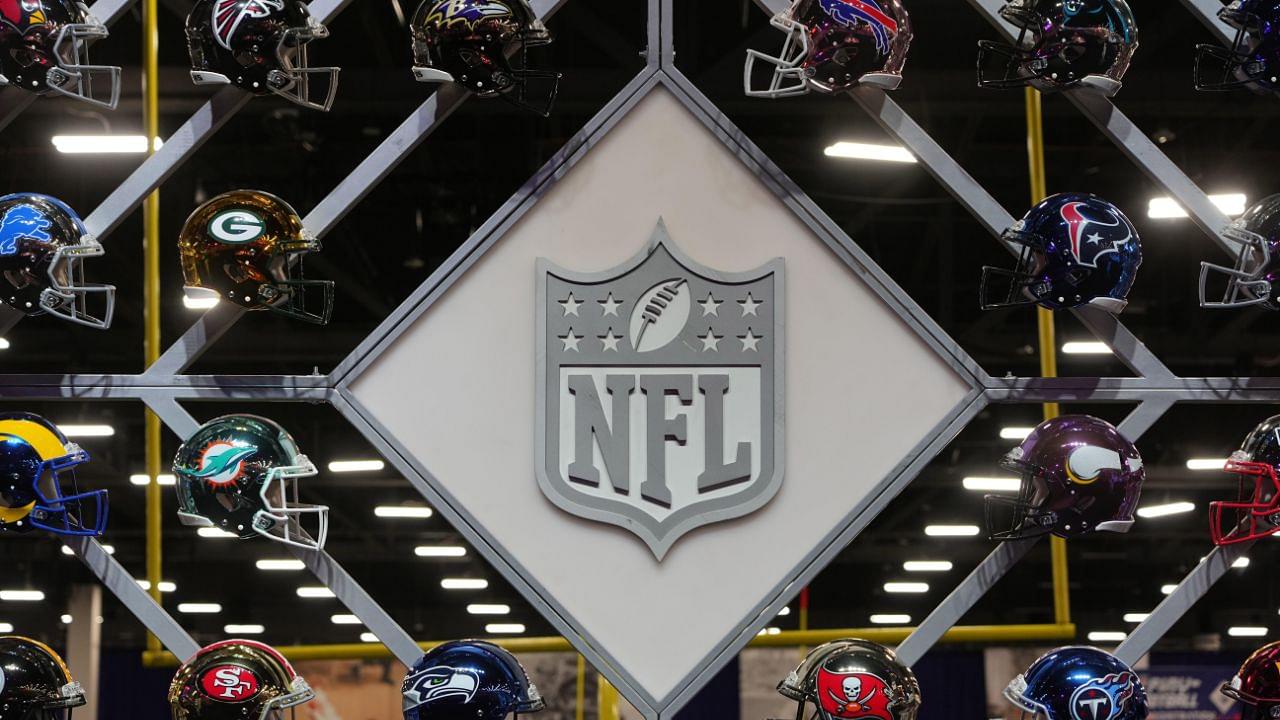In NFL games, referees often penalize players for intentional grounding. When the ref confirms the violation, they signal it by moving their hands diagonally. But what exactly is intentional grounding, and why does it matter in football? Let’s break it down in simple terms.
Advertisement
As the game is becoming more focused on passing, quarterbacks are throwing the ball much more frequently, often around 30 to 40 times per game. This exposes the quarterback to more tackles from opposing players. The main reason for this rule is to protect the quarterback.
To keep the quarterbacks safe, the league introduced a rule that allows them to throw the ball out-of-bounds if there are no open receivers. This way, the quarterback can end the play without risking a tackle. However, there are specific rules that quarterbacks must follow when doing this.
The referee will call intentional grounding if the quarterback throws the ball out of bounds or to an area without any receivers while still in the pocket. It can be also called if the quarterback rolls out of the pocket and tries to throw the ball out of bounds, and it doesn’t reach the line of scrimmage.
Was this intentional grounding?#SuperBowl | Via. @Rate_the_Refs
pic.twitter.com/QlvwpMAo0X— XPlusSports (@XPlusSports) February 12, 2024
Exceptions include instances where a defensive player significantly affects the passer’s passing motion, causing the pass to land away from an eligible receiver. Similarly, if a defensive player affects the passer’s passing motion while they are out of the pocket, causing the ball to fall short of the line of scrimmage, intentional grounding should not be penalized.
Imagine a quarterback drops back to pass but can’t find any open receivers. Instead of risking a sack or forcing a risky throw, they quickly toss the ball toward an empty spot. If the referees determine that there was no legitimate attempt to complete a pass and that the throw was simply to avoid a loss of yardage, they will flag the offense for intentional grounding.
Penalties for Intentional Grounding in Football
When referees penalize intentional grounding in football, they give the quarterback certain penalties. The most common one is losing a down and getting a 10-yard penalty from where the ball was before. This means the team loses a chance to play again on the next down and also loses some yards, making it harder to move the ball and score.
Sometimes, referees might make the team lose a down right where the foul happened. This means they lose the down when the penalty happens and also lose any yards they gain. Also, if the quarterback throws the ball away while in their own end zone, it’s called a safety. This gives the other team two points and they get to start with the ball.




